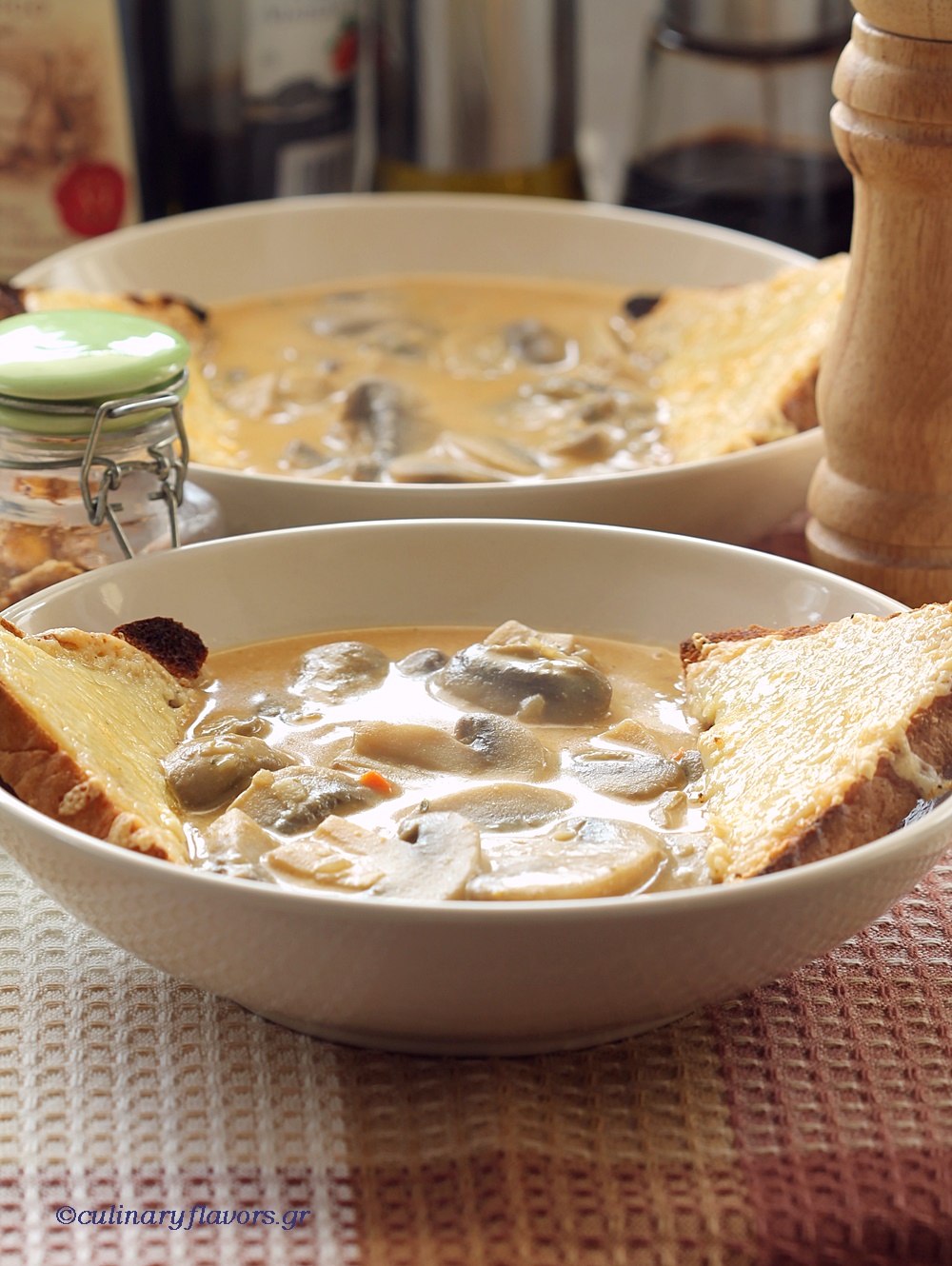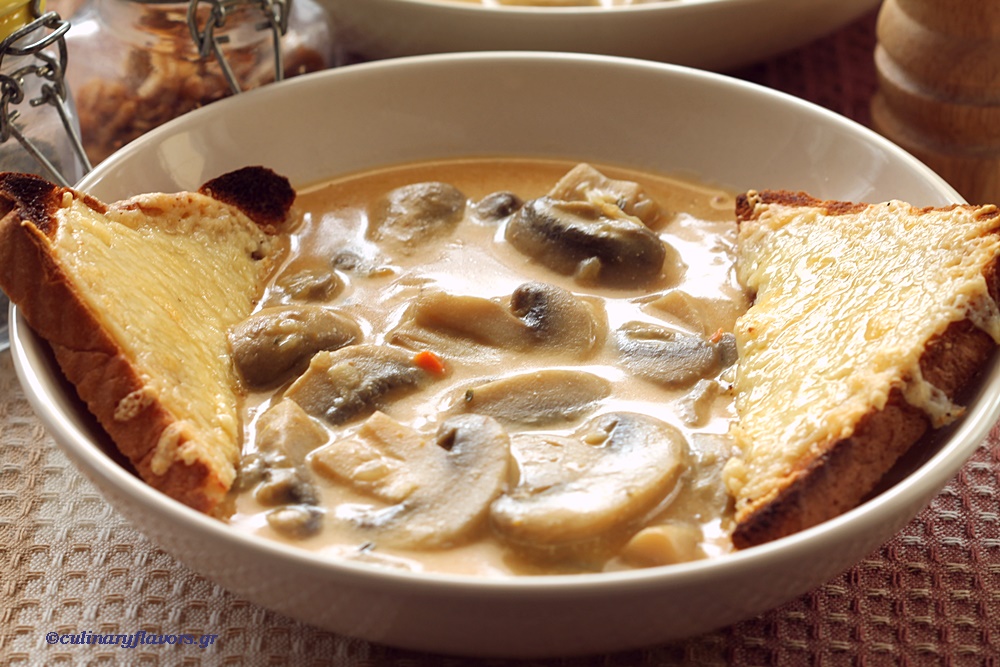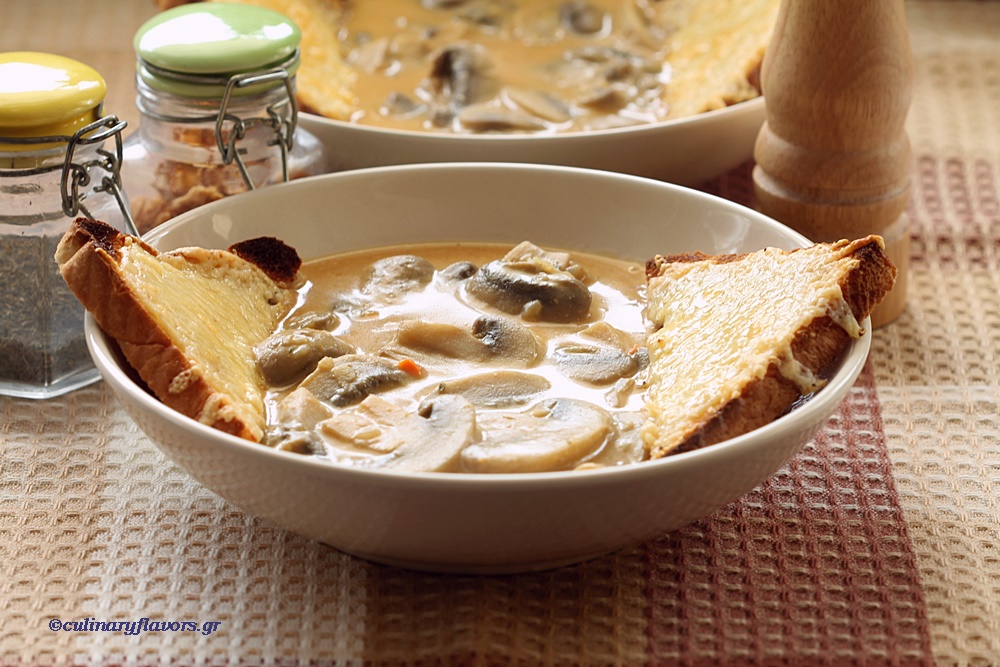
Mycenae is an ancient city located on a small hill between two larger hills on the fertile Argolid Plain in Peloponnese, Greece. Mycenaean civilization played a vital role in classical Greek culture. Mycenae was also prominent in Greek mythology and inspired poets, writers, and artists throughout the centuries, though it was ultimately abandoned more than 2,000 years ago.
Mycenae’s true origins are unknown. According to Greek mythology, Perseus—son of the Greek god Zeus and Danae, who was the daughter of Acricio, the king of Argos—founded Mycenae. When Perseus left Argos for Tiryns, he instructed Cyclopes (one-eyed giants) to build the walls of Mycenae with stones no human could lift.
Perseus named the city Mycenae after finding a water spring to quench his thirst when he picked up a mushroom (myces) from the ground.
Mycenae is perhaps best known in mythology as the city of Agamemnon, the son of Atreus. King Agamemnon led the expedition against Troy during the Trojan War, which Homer accounted in his epic poem the Iliad.
The majority of the Mycenae monuments visible today were constructed in the late Bronze Age between 1350 and 1200 B.C., during the peak of the Mycenaean civilization.

The construction of the palace and city walls began around 1350 B.C. About 100 years later, Mycenaeans constructed the Lion Gate and its bastion, along with a new wall to the west and south of the original wall. This new fortification encompassed Grave Circle A and the city’s religious center.
Mycenaeans enjoyed a prosperous rule over the Greek mainland and areas around the Aegean Sea, with the elite living in comfort and style, and the king ruling over a highly organized feudal system.
Mycenae and the Mycenaean civilization began to decline around 1200 B.C. Mycenae’s people abandoned the citadel around 100 years later after a series of fires.
It’s unclear what caused the destruction of Mycenae, though theories abound.
One of the leading theories holds that Mycenae underwent years of civil strife and social upheaval. Dorians and Heraclids then invaded, sacking all the Mycenaean strongholds except Athens.
If you ever visit Greece and Athens do not miss the opportunity to visit Mycenae which is very close to the capital. It is very impressive.
As we all stay at home to try to delay corona virus effects, I have plenty of time for cooking and baking. I made this delicious soup and we all enjoyed it. For the last colds of winter leaving us, I think this soup is ideal for lunch or dinner.

- 750 gr. / 26 oz. white button mushrooms, sliced
- 1 sweet potato, cut in cubes
- 1 onion, sliced
- 2 garlic cloves, cut in half
- 1 cup white wine
- 3 cups of chicken stock
- 1 cup of mushroom stock
- ¼ tsp of each of the following: cardamom, curry, paprika
- A small bunch of thyme
- 200 ml/ 7 fl oz. light cream
- Salt and pepper
- In a deep pot pour couple of tbsp of olive oil and sauté the mushrooms, sweet potato, onion and garlic for 3 to 5 minutes.
- Pour the wine and continue to sauté until remains half.
- Pour the stocks and throw the bunch of thyme.
- Add the cardamom, curry and paprika and simmer until all the veggies are soft about 45 minutes to an hour.
- Remove the bunch of thyme.
- Remove from heat and with a hand blender mash everything inside the pot creating a fine, thick soup.
- Add the light cream and salt and pepper according to your liking.
- Return to heat and simmer in low heat for 10 minutes.
- Serve warm with slices of bread and melted cheese.
- 750 γρ. λευκά μανιτάρια κουμπί, κομμένα σε φέτες
- 1 γλυκοπατάτα κομμένη σε κύβους
- 1 κρεμμύδι κομμένο σε φέτες
- 2 σκελίδες σκόρδο κομμένες στη μέση
- 1 φλ. λευκό κρασί
- 3 φλ. ζωμό κοτόπουλου
- 1 φλ. ζωμό μανιταριών
- ¼ κ.γ. από κάθε ένα από τα ακόλουθα: κάρδαμο, κάρι, πάπρικα
- Ένα μικρό μάτσο θυμάρι
- 200 ml κρέμα γάλακτος light
- Αλάτι και πιπέρι
- Σε μια βαθιά κατσαρόλα ρίχνουμε μερικές κουταλιές της σούπας ελαιόλαδο και σοτάρουμε τα μανιτάρια, τη γλυκοπατάτα, το κρεμμύδι και το σκόρδο για 3 με 5 λεπτά.
- Ρίχνουμε το κρασί και συνεχίζουμε να σοτάρουμε μέχρι να μείνει το μισό.
- Ρίχνουμε τους ζωμούς και το θυμάρι.
- Προσθέτουμε το κάρδαμο, το κάρυ και την πάπρικα και σιγοβράζουμε μέχρι όλα τα λαχανικά να μαλακώσουν περίπου 45 λεπτά με μία ώρα.
- Αφαιρούμε το ματσάκι θυμαριού.
- Βγάζουμε την κατσαρόλα από τη φωτιά και with με ένα ραβδομπλέντερ πολτοποιούμε τα πάντα μέσα στην κατσαρόλα δημιουργώντας μια παχιά σούπα.
- Προσθέτουμε την ελαφριά κρέμα και αλάτι και πιπέρι σύμφωνα με τις προτιμήσεις μας.
- Επιστρέφουμε στη φωτιά και σιγοβράζουμε σε χαμηλή φωτιά για 10 λεπτά.
- Σερβίρετε τη ζεστή με φέτες ψωμί με λιωμένο τυρί.
